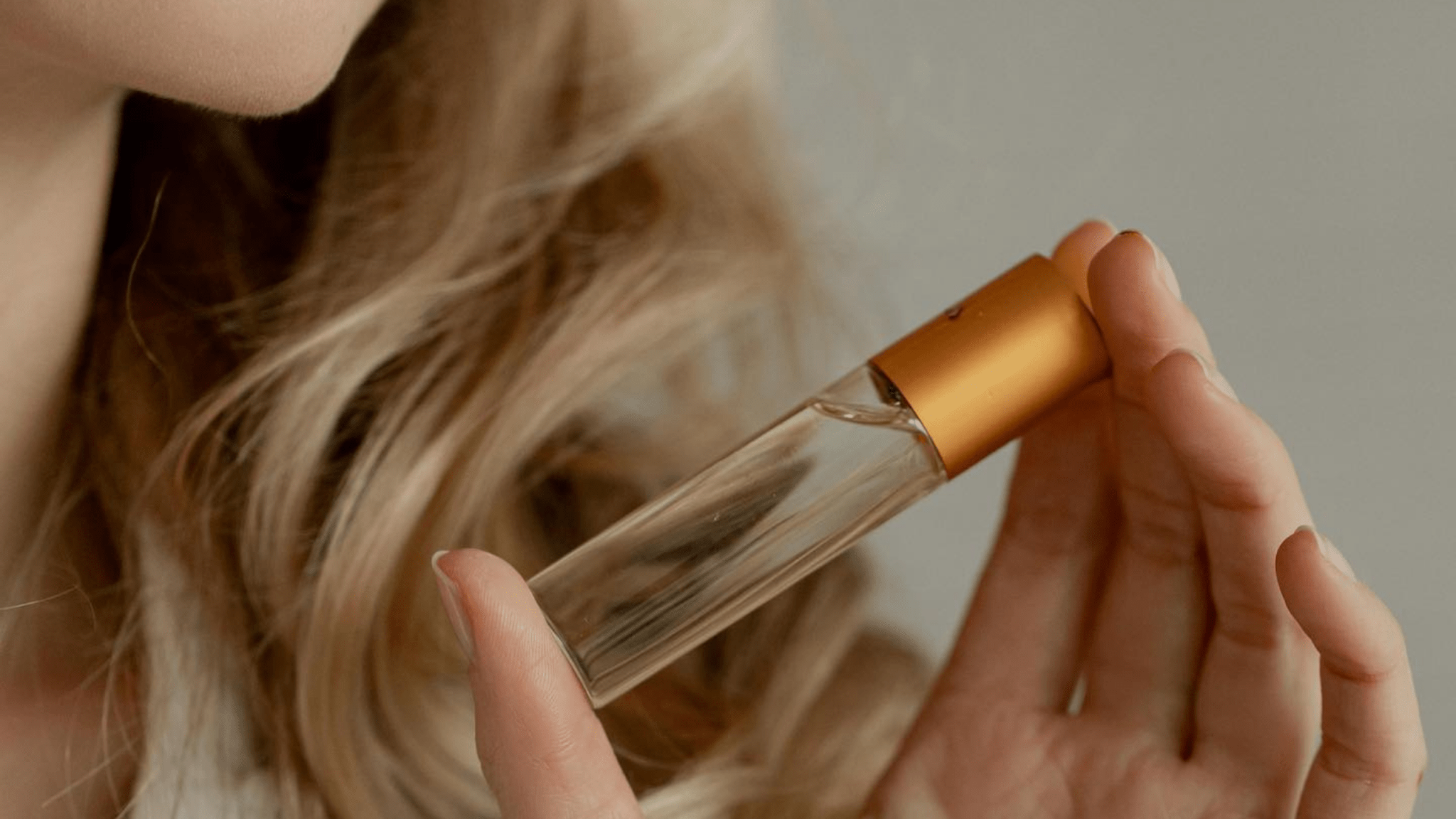
Of all the wonderful ways we use herbs to enhance our lives, using a plant's essence is one of the most intense. Lavender smells like summer in a bottle and is one of my favorite essential oils.
Learning how to distill lavender essential oil from flowers you harvested may make you want to do even more. What about mint? Rosemary? Eucalyptus? While some plants are more suited to home essential oil extraction than others, lavender is one of the best.
Key Facts
- Induction stoves (glass top) aren't appropriate for copper—unless you purchase an adapter.
- Depending on your kitchen, using a portable electric burner may be more convenient.
- We wrote this guide using one of our copper stills. Stills from other manufacturers may have slightly different setups, but the process is the same: steam + herbs + cooling = essential oils and hydrosol.
- Fill the boiler halfway for essential oil extraction, but if you want extra hydrosol, fill it about ¾ full.
- There's no need to heat the water to a boil. All you need is steam, so a low simmer is more than enough.
How Much Essential Oil Does Lavender Produce?
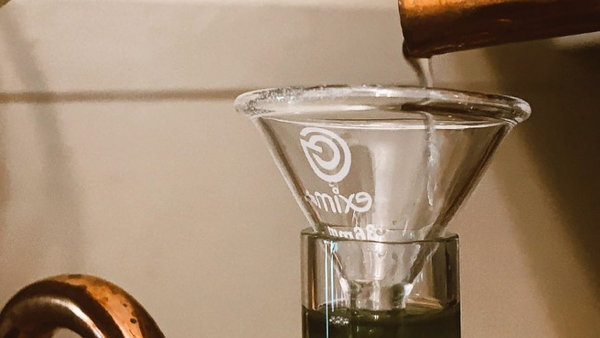
Because lavender harvests vary from year to year, the essential oil produced from that lavender also varies.
However, soil, weather, and harvest time affect the yield—sometimes drastically.
Most sources estimate that lavender essential oil yield at .5 to 1% by weight. So, assuming you're starting with one pound of lavender flowers, you should produce between .08 and .16 ounces (2.5 to 5ml) of lavender essential oil, plus some hydrosol.
Of course, the more plant matter your distiller holds, the more essential oil you can make at home.
Prepare enough lavender to fill the column completely. Filling it part of the way is okay but wastes a bit of time and energy.
Selecting Lavender for Essential Oil

People often worry about whether to harvest fresh lavender flowers or purchase them dried. While this is an important decision, there are other factors to consider:
- Don't use fresh lavender sprayed with chemicals for essential oils. Those chemicals will also be in your oil.
- From a quality standpoint, fresh lavender makes the best essential oil.
- Fresh lavender flowers make about 20% more essential by weight.
- Dried lavender flowers are easier to keep until you're ready, while you must use fresh flowers immediately.
- You can fit more dried lavender into the column than fresh.
In the end, use the lavender you have available.
The Essential Oil Distillation Process

Distillers for making essential oil at home are small versions of what companies use. The base is a boiler for simmering water, over which we attach a column that holds the plant matter—typically leaves and flowers.
If you think about it, steam-distilling essential oils is like steaming vegetables. The herbs never touch the water, but the steam moves through them, providing the heat and moisture needed to extract the volatile compounds.
Choose the still that suits your home, lifestyle, and the type of essential oil you'll be making.
Our copper stills are more compact than others by design. Instead of having a bulky condenser off to the side, the condenser attaches directly to the column. To the condenser, we connect hoses for cool water that condenses the steam into liquid.
No matter what type of still you have, make sure the water is as cool as possible.
Distilling Lavender Essential Oil in a Copper Still
You have a great lavender harvest, and you've got a distiller (hopefully copper!).
What next?
Before you start loading your distiller, make sure everything is ready. To help, here's a quick checklist:
- Enough lavender to fill your distiller—cut the fresh flower stalks into smaller lengths.
- All distiller parts are clean, oiled (if needed), and ready for use.
- Oil separator and bottles to fill with oil and hydrosol.
- The water supply is ready.
- The heat source is ready.
Step 1: Fill the Boiler with Water
Fortunately, a little steam goes a long way in distilling essential oil. So, if you're only making essential oil, and don't need or want the lavender hydrosol, only fill the boiler about halfway.
We like to use hot water, so the process goes faster, but it's not required.
Important: Use filtered water for better essential oil.
Step 2: Fill the Column with Lavender Flowers
- A quick rinse is a good idea if you're starting with fresh flowers. Then, cut the flower stalks into shorter lengths to fit more into the column.
- Dried lavender flowers are already trimmed and ready to go.
Fill the column of your distiller as fully as is reasonable. While it should be full, packing too much into the column can prevent the steam from going through the flowers and damaging your still.
Step 3: Close the Column & Install the Gasket on the Boiler Rim
Close the column with the sieve, which keeps the lavender from falling into the boiler water.
Place the silicone gasket on the boiler's rim. Remember that stills must hold pressure to force the steam through the lavender flowers.
Carefully place the column on the boiler, so the gasket doesn't stick out beyond the edge of the ferrules. If it does, gently rub around the edge and press it back inside.
Attach the clamp to hold it all together.
Step 4: Attach the Water Supply
Without the water supply, your beautiful homemade essential oil will not condense. It will evaporate into the air.
Attach the water supply as shown in your still's instructions. Our stills can attach to either a water faucet with an adapter or you can use a small aquarium pump in a bucket of water.
Important: The water must be as cool as possible to condense the steam. If you're using an aquarium pump and bucket, check the temperature and change it regularly.
Step 5: Assemble and Place the Oil Separator
The oil separator has two parts: a copper tube and a glass tube. They connect where you see two rubber rings on the copper.
Before you connect the glass and copper tubes, oil the rubber rings with cooking oil. It doesn't matter what type; it just needs to be a light coating of edible oil.
Gently work the glass tube over the rubber rings by turning the tube back and forth. The glass tubes are fragile, so be careful.
Once the glass and copper tubes are connected, place the glass side under the outlet tube of the distiller.
No matter how much essential oil you produce, there's always hydrosol. So, under the other side of the oil separator, place a glass jar to collect the hydrosol.
Step 6: Turn on the Heat and Water Supply
Take a moment to make sure everything is ready to go.
When you're ready, set the heat to medium. You're not looking for a full rolling boil. That would overheat the still and possibly damage it. Instead, you'll want the water to stay below boiling—a low simmer is probably good.
If you start with cold water, wait a minute or two before turning on the water supply.
After a few minutes, you should see the first drops of your very own lavender essential oil drip out of the spout and into the separator.
Be patient, but lavender doesn't take very long to extract fully. Once it begins to collect, you could finish in about 20 minutes.
When Should I Turn Off the Heat?
Measure the oil in the separator regularly at intervals of 10-15 minutes. When the volume stops increasing, you've run out of essential oil to extract.
However, if you'd like to continue extracting hydrosol, allowing it to continue a little longer is okay.
Note: Do NOT let the boiler run dry. You will damage your still.
How to Use Homemade Lavender Essential Oil and Hydrosol
As if making your own lavender essential oil wasn’t great enough, now you get to use it!
- Use the hydrosol and essential oil in soaps, lotions, and hair products.
- Put a few drops in a diffuser.
- Fill a spray bottle with the hydrosol and freshen up the air.
Lavender essential oil blends well with rosemary and peppermint for headaches. I love rosemary and lavender in soaps.
Have fun experimenting, the only limit is your imagination!




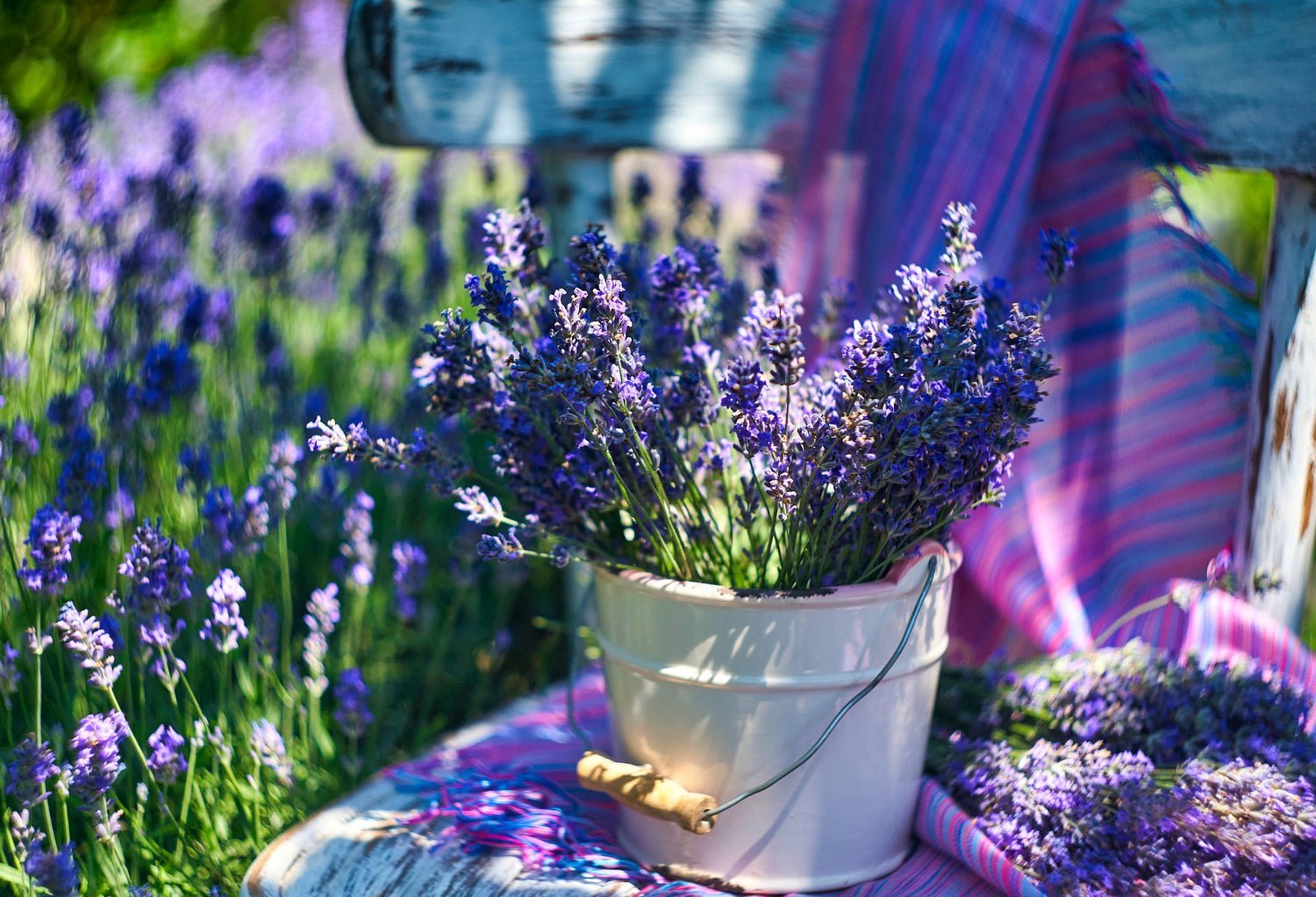

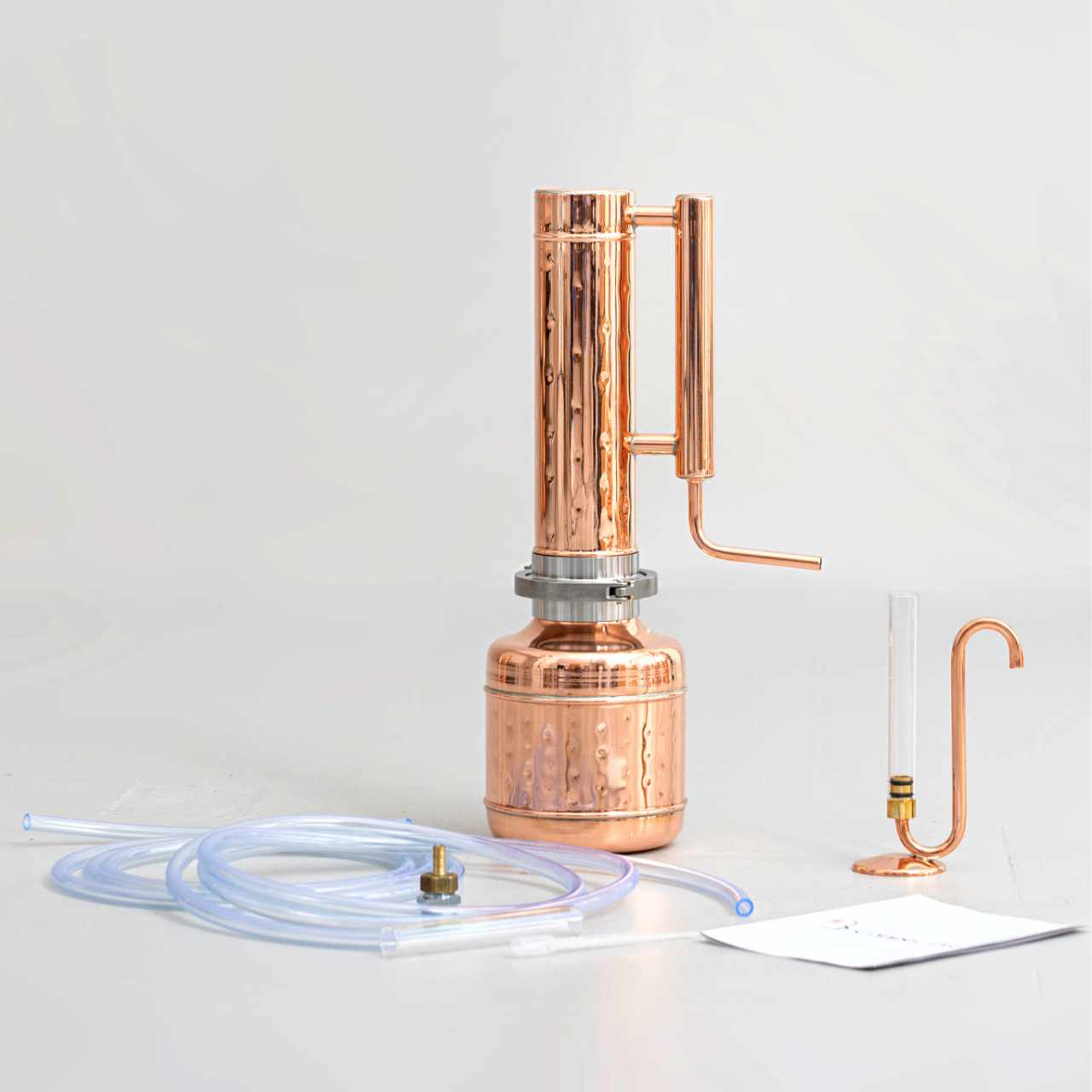
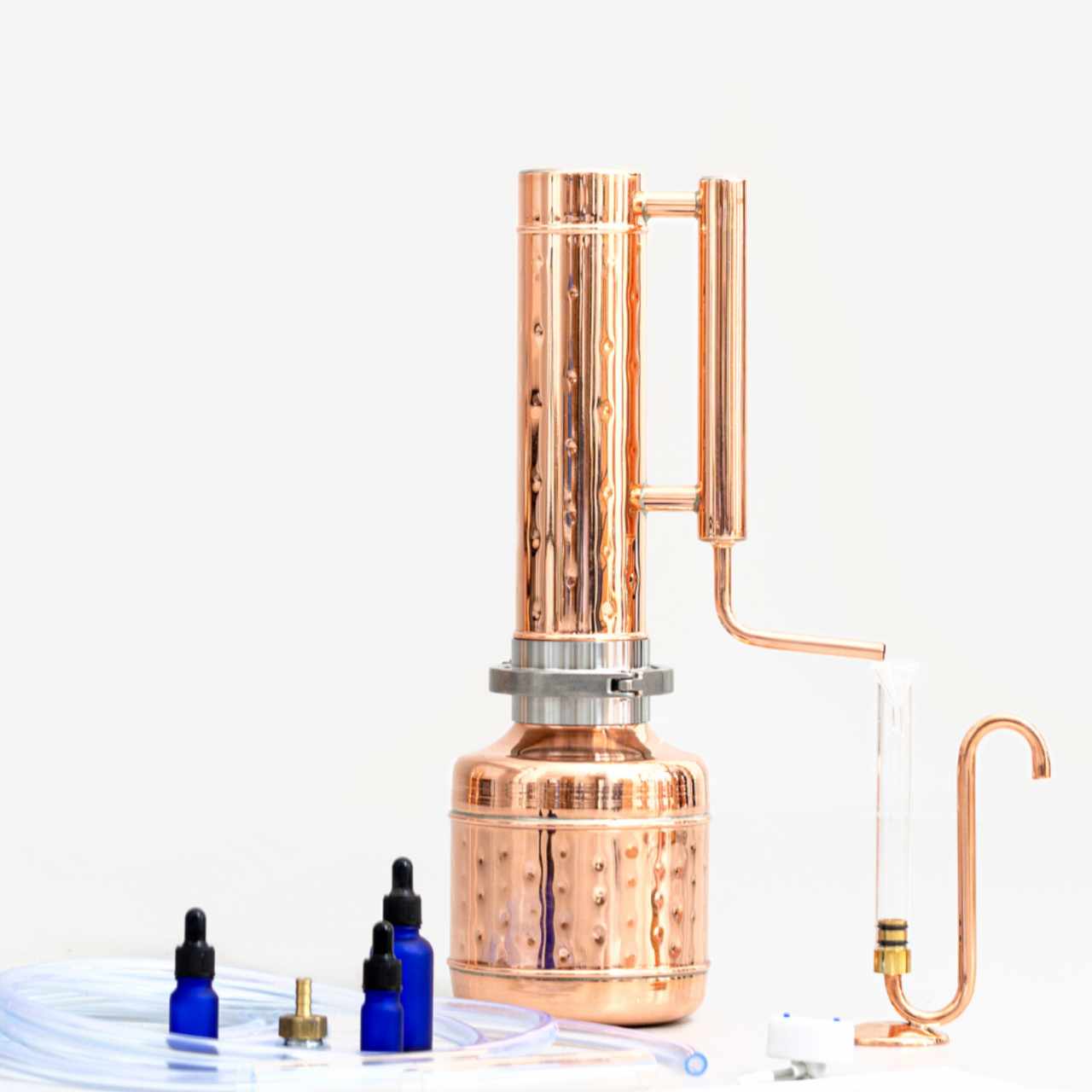

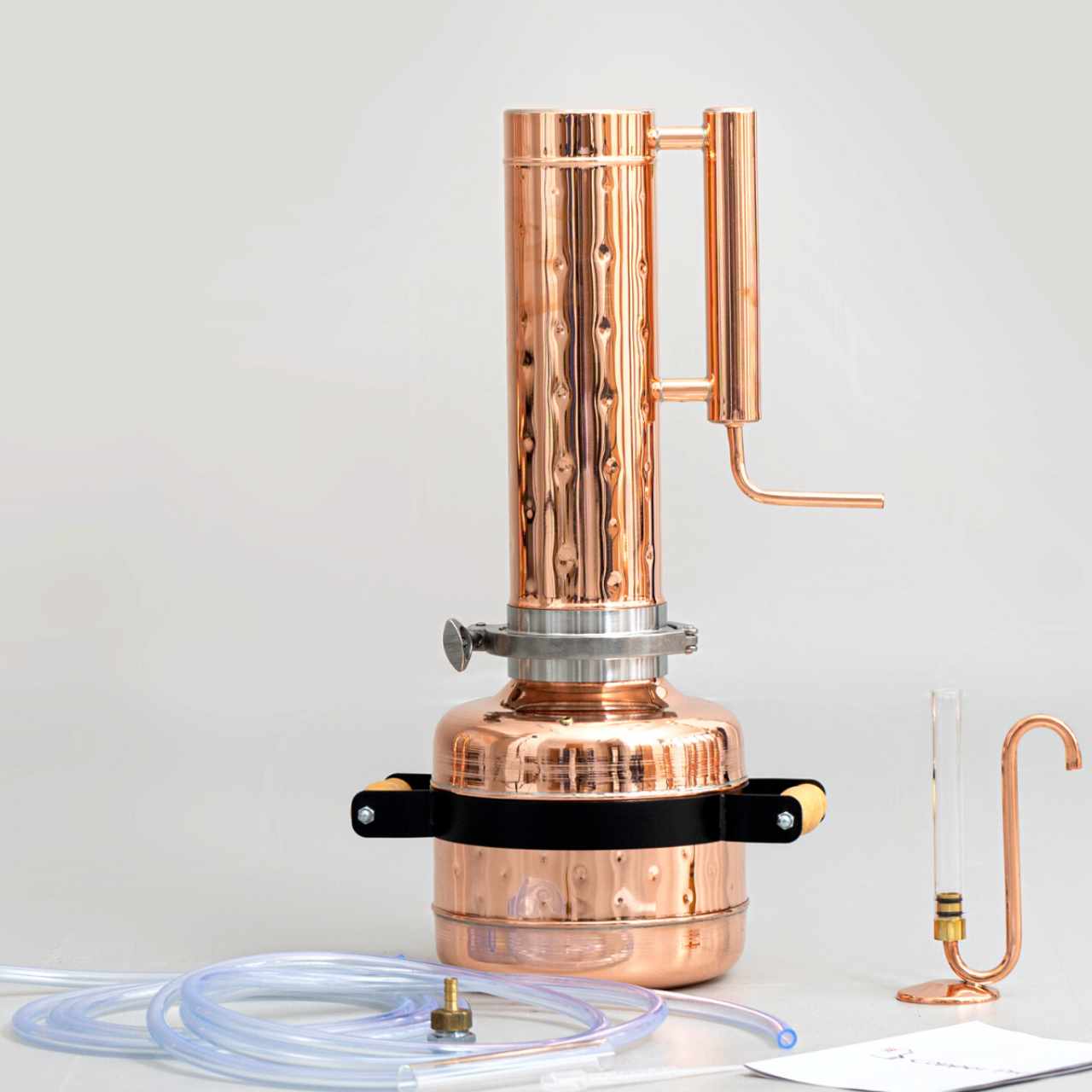

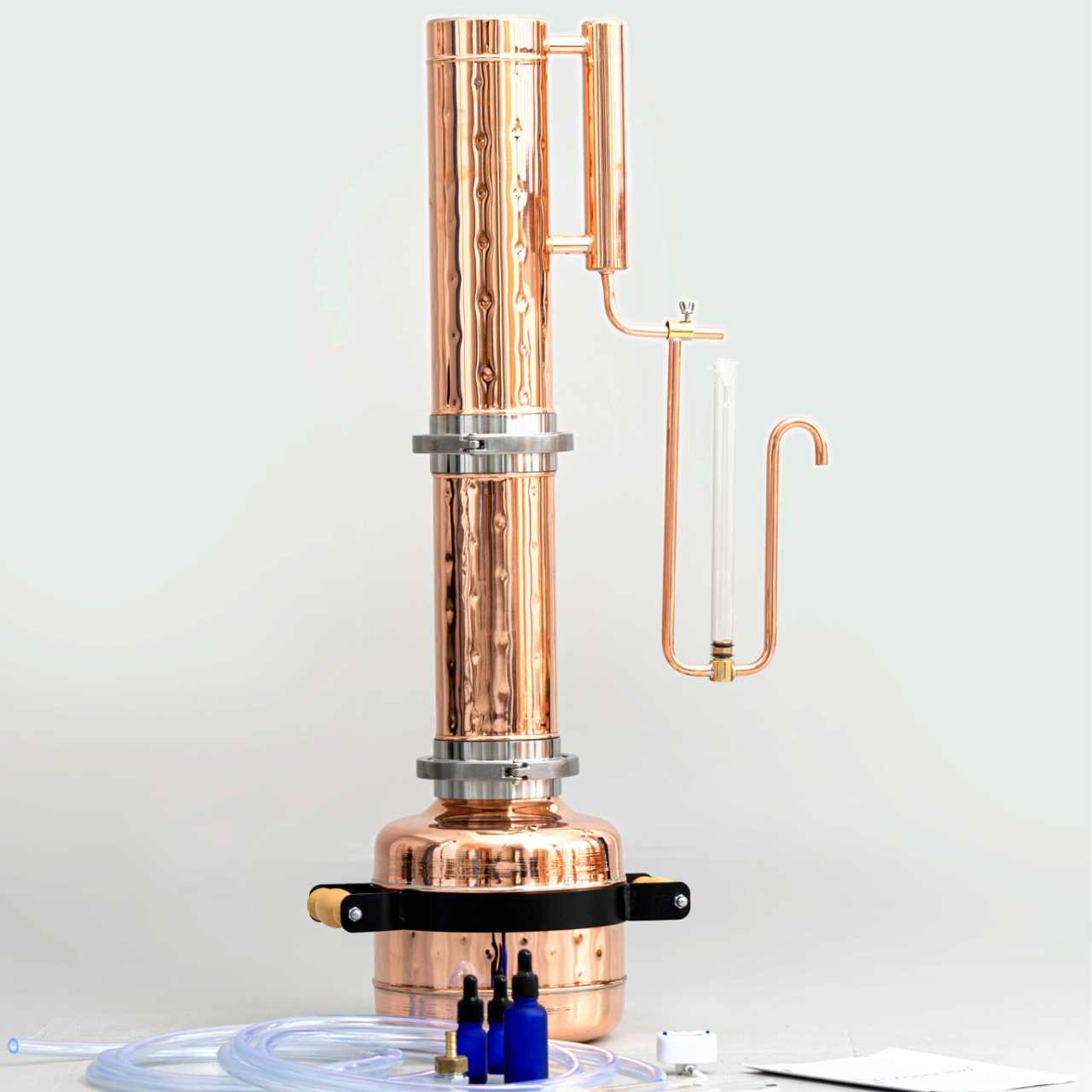
![Essential oil extractor 0.53G (2L) - [Premium Kit] - Copper Pro](http://copper-pro.com/cdn/shop/files/essential-oil-extractor-053g-2l-premium-kit-127057.jpg?crop=center&height=1280&v=1740390471&width=1280)
Comments (0)
Back to Blog Posts